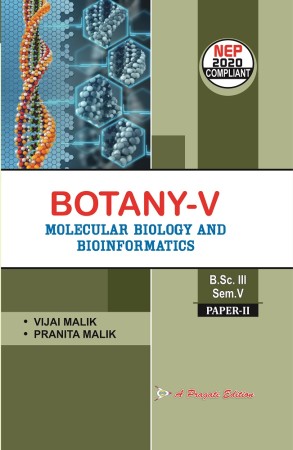
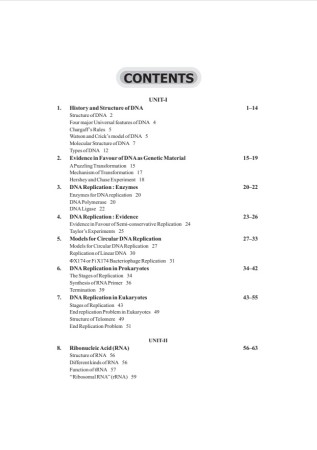
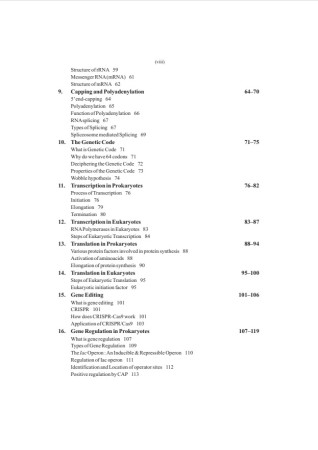
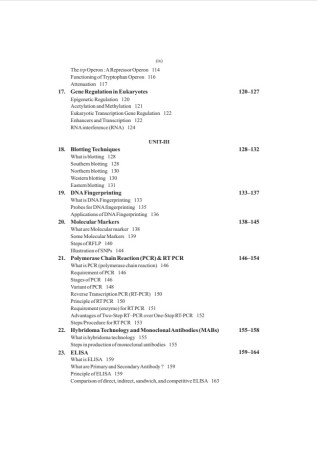
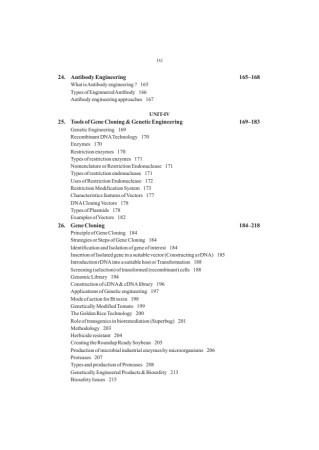
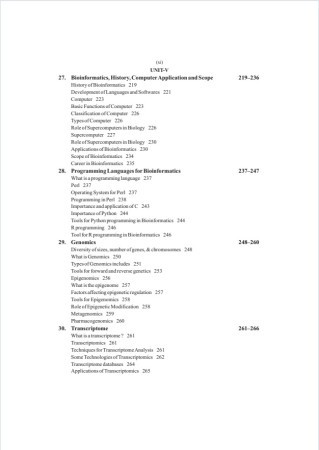






0 Ratings
0 Reviews
319 Views
The study of chemical and physical structure of macromolecules (DNA, RNA, aminoacids protein, & carbohydrates) and molecular processes (DNA replicatio .... Read More
The study of chemical and physical structure of macromolecules (DNA, RNA, aminoacids protein, & carbohydrates) and molecular processes (DNA replication, Transcription, Translation and gene regulation) within cells is called Molecular Biology. The genes are polynucleotide that contains the information necessary to produce a functional product. A gene is transcribed from DNA into RNA, which can either be non-coding RNA with a direct function, or an intermediate messenger RNA that is then translated into protein. Bioinformatics is a new interdisciplinary field directly involving molecular biology, genetics, computer science, mathematics, and statistics for comparing the sequences of genes, RNA, Proteins, or DNA within the same organism or of different organisms. It is also used to study the evolutionary pattern and functions of the protein and the DNA of two organisms.
| Sr | Chapter Name | No Of Page |
|---|---|---|
| 1 | UNIT-I, 1. History and Structure of DNA | 14 |
| 2 | 2. Evidence in Favour of DNA as Genetic Material | 5 |
| 3 | 3. DNA Replication : Enzymes | 3 |
| 4 | 4. DNA Replication : Evidence | 4 |
| 5 | 5. Models for Circular DNA Replication | 7 |
| 6 | 6. DNA Replication in Prokaryotes | 9 |
| 7 | 7. DNA Replication in Eukaryotes | 13 |
| 8 | UNIT-II, 8. Ribonucleic Acid (RNA) | 8 |
| 9 | 9. Capping and Polyadenylation | 7 |
| 10 | 10. The Genetic Code | 5 |
| 11 | 11. Transcription in Prokaryotes | 7 |
| 12 | 12. Transcription in Eukaryotes | 5 |
| 13 | 13. Translation in Prokaryotes | 7 |
| 14 | 14. Translation in Eukaryotes | 6 |
| 15 | 15. Gene Editing | 6 |
| 16 | 16. Gene Regulation in Prokaryotes | 13 |
| 17 | 17. Gene Regulation in Eukaryotes | 8 |
| 18 | UNIT-III, 18. Blotting Techniques | 5 |
| 19 | 19. DNA Fingerprinting | 5 |
| 20 | 20. Molecular Markers | 8 |
| 21 | 21. Polymerase Chain Reaction (PCR) & RT PCR | 9 |
| 22 | 22. Hybridoma Technology and Monoclonal Antibodies (MABs) q | 4 |
| 23 | 23. ELISA | 6 |
| 24 | 24. Antibody Engineering | 4 |
| 25 | UNIT-IV, 25. Tools of Gene Cloning & Genetic Engineering | 15 |
| 26 | 26. Gene Cloning | 35 |
| 27 | 27. Bioinformatics, History, Computer Application and Scope | 18 |
| 28 | 28. Programming Languages for Bioinformatics | 11 |
| 29 | 29. Genomics | 13 |
| 30 | 30. Transcriptome | 6 |
| 31 | 31. Proteomics | 10 |
| 32 | 32. Metabolomics | 7 |
| 33 | 33. System Biology | 7 |
| 34 | 34. Designing a Primer | 3 |
| 35 | UNIT-VI, 35. Drug Designing | 11 |
| 36 | 36. Bioinformatics : NCBI & Databases | 10 |
| 37 | 37. Biological Sequences | 8 |
| 38 | 38. Metabolic Pathway Databases in Bioinformatics | 18 |
| 39 | UNIT-VII, 39. DNA Sequencing and Generation of Data | 8 |
| 40 | 40. Next Generation Sequencing (NGS) | 9 |
| 41 | 41. DNA Microarray | 5 |
| 42 | 42. Mass Spectrometry | 5 |
| 43 | 43. Protein Sequencing | 7 |
| 44 | 44. Sequence Submission to the Databases | 3 |
| 45 | 45. Symbols and File Format in Bioinformatics | 10 |
| 46 | 46. Sequence & Genome Annotation | 8 |
| 47 | UNIT-VIII, 47. Homology and Similarity | 3 |
| 48 | 48. Sequence Alignment | 4 |
| 49 | 49. Substitution Matrix | 4 |